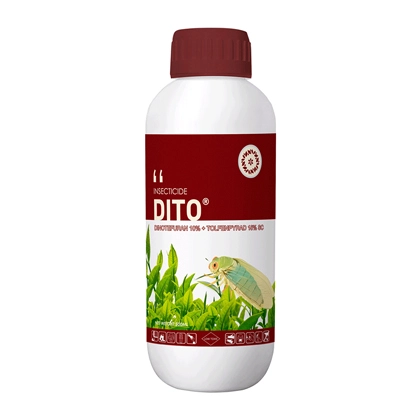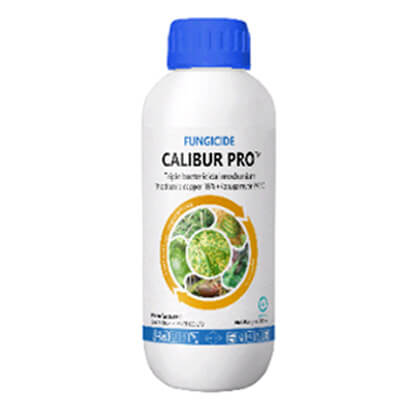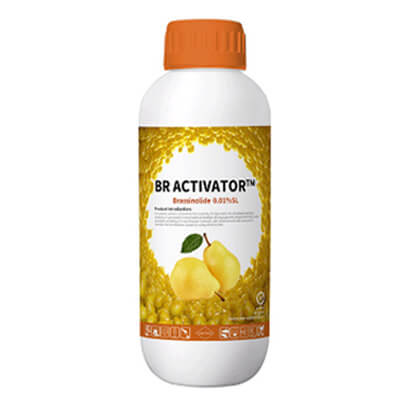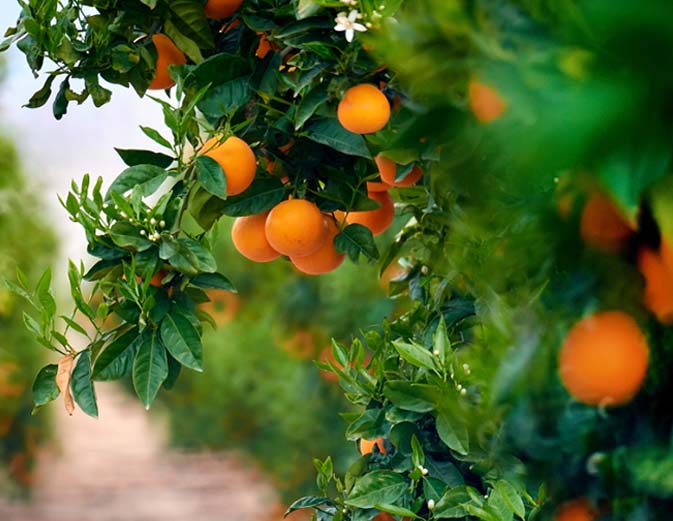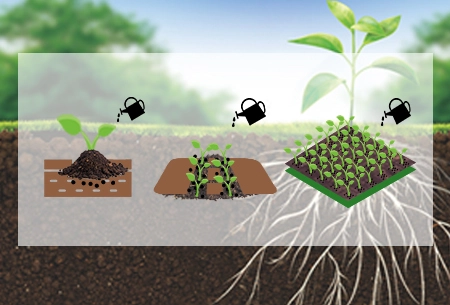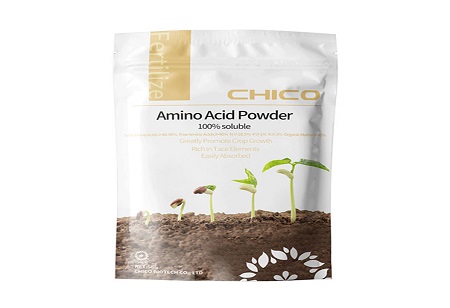
Types and Advantages of Amino Acid Fertilizer
Amino acid fertilizer is one of the most widely used fertilizers today. It contains one or more combinations of amino acids, is primarily composed of amino acids, and includes a certain amount of organic or inorganic nutrients. Amino acids, as the smallest molecules that make up proteins, are present in fertilizers and can be rapidly absorbed by crops. They can also enhance the disease resistance of crops, improve fertilizer utilization, enhance quality, and increase yield. They supplement essential amino acids, plant proteins, various trace elements, etc., needed by plants. Amino acid based fertilizer can be quickly absorbed by plants, promoting robust growth, enhancing metabolic functions, improving photosynthesis, promoting the development of root systems, and accelerating the growth and reproduction of plants.
Types of Amino Acid Fertilizer
There are many types of amino acids, including common ones such as glutamic acid, glycine, phenylalanine, serine, methionine, as well as polymers like polyaspartic acid and polyglutamic acid. Due to the variety of amino acids, there are also many amino acid fertilizers on the market. Based on raw materials, they can be divided into two types: one is plant-based amino acid fertilizers, with main raw materials including the fermentation products of soybeans, soybean meal, corn bran, peanut bran, as well as soy products, monosodium glutamate, and wood processing by-products. The other is animal-based amino acid based fertilizers, with main raw materials being animal hair such as feathers, pig bristles, as well as animal blood, viscera, low-fat fish meal, silkworm pupae, and slaughterhouse waste.
Functions and Advantages of Amino Acid Fertilizer
Amino Acids Can Promote Plant Photosynthesis
Glycine in amino acids can increase the chlorophyll content in plants, promote the absorption and utilization of carbon dioxide by crops, provide more energy for photosynthesis, and make photosynthesis more vigorous.
Good Nutritional Effects from Mixed Amino Acids
The combined effect of mixed amino acids is higher than that of single amino acids with the same nitrogen content and higher than that of inorganic nitrogen fertilizers with the same nitrogen content. The synergistic effect of a large number of amino acid fertilizers improves nutrient utilization.
Quick Effect
Amino acids in amino acid based fertilizers can be directly absorbed by different organs of the plants, passively absorbed or osmotically absorbed under photosynthesis, and show noticeable effects shortly after application. They can also promote early ripening of crops and shorten the growth cycle.
Improve Crop Quality
Rich amino acid fertilizers can enhance the quality of crops. For example, they improve the palatability of vegetables, making them taste pure and fresh, reduce coarse fiber, extend the blooming period of flowers, make flower colors vibrant and fragrant, enhance fruit size, color, sugar content, edible portion, storability, and conversion efficiency.
Enhance Physiological and Biochemical Functions
Crops become sturdier with thicker stems and expanded leaf areas. The formation and accumulation of dry matter accelerate, allowing crops to mature earlier. Enhanced vitality also improves the drought resistance, cold resistance, heat resistance, disease and pest resistance, and lodging resistance of crops, thereby achieving stable and high yields.
Promote the Development of a Robust Root System and Strong Absorption Capacity
Amino acid fertilizers have a special promoting effect on the root development of crops. Many agricultural scientists refer to amino acid fertilizers as "root fertilizers" because they mainly affect the roots by stimulating the division and growth of meristem cells at the root tips, leading to faster rooting of seedlings, increased secondary roots, more roots, and elongated roots, ultimately significantly enhancing the water and nutrient absorption capacity of crops.
Impact on the Growth of Aboveground Nutritional Organs
Given sufficient nutrient supply, the stimulating effect of amino acid based fertilizers can result in vigorous growth of the aerial parts of plants, reflected in plant height, stem thickness, leaf count, and dry matter accumulation.





